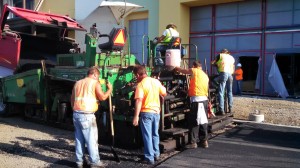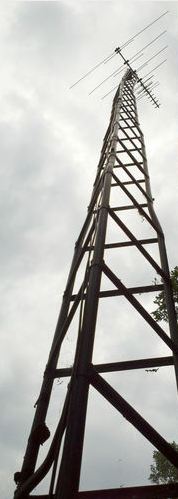Thu 14 Aug 2014
Sun exposure – UV radiation
Posted by admin under Admin Controls, Biological Monitoring, Carcinogen, Exposure, Hazard Communication, Management, Radiation, Risk, safety, Welding
Comments Off on Sun exposure – UV radiation
I am ashamed I have not written on this topic yet. In fact, this issue is so close to me, it bewilders me why I never connected it to occupational exposures. It’s even a carcinogen, and I try to get as much of it as I can when it is around.
To summarize my personal examples:
- My dad has skin cancer on his ears and annually has these removed.
- My next door neighbor died in 2009 from skin cancer (metastasized). He was a county construction worker for 35+ years and was in the sun, with his shirt off. A LOT.
More recently:
- I read a great post from Oregon Institute of Occupational Health Sciences (formerly CROET).
- And, if you only click on one link,and want the most compelling reason, please share this video. Preview below:
There are some chemicals and foods, when taken/exposed, actually make you more sensitive to the suns UV exposure (aka: photosentisizer). A list can be found here. Some of them are:
- foods: carrots, dill, clover, eggs
- medicine: antibiotics, diuretics, high blood pressure
- chemicals: coal tar (creosote), benzene, xylene
- cosmetics
And, if you haven’t noticed, construction workers get a lot of sun exposure, especially in the summer. Don’t forget, welders can have high exposures, and our heavy highway (road paving) crews are exposed to coal tar pitch. We talk about heat stress, but we should talk about the long term effects of skin damage.
There are no specific OSHA regulations on UV exposure. However, there are some guidelines from the ACGIH. There might be an instance where we can work within our “hierarchy of controls” and and eliminate the exposure to the employee. However, with this hazard, rather than working on eliminating the hazard, I would recommend we provide PPE.
Do you provide sunscreen to your employees?

